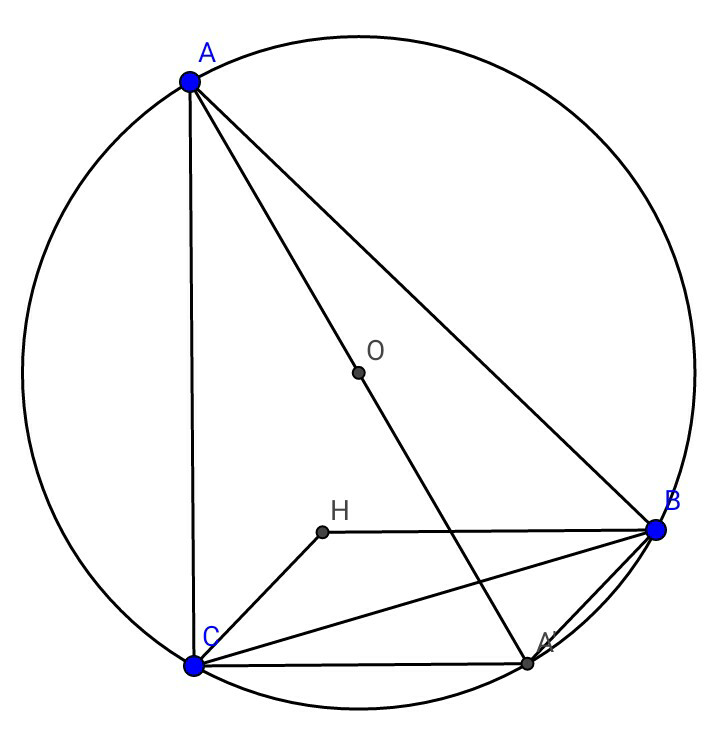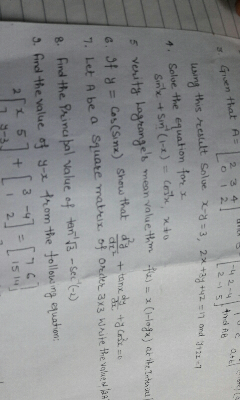
AllQuestion and Answers: Page 1925
Question Number 16874 Answers: 0 Comments: 0
Question Number 16911 Answers: 0 Comments: 1
Question Number 16873 Answers: 0 Comments: 0
Question Number 16868 Answers: 1 Comments: 0
Question Number 16859 Answers: 0 Comments: 0
Question Number 16857 Answers: 1 Comments: 0
Question Number 16855 Answers: 1 Comments: 0
Question Number 16845 Answers: 1 Comments: 3

Question Number 16829 Answers: 0 Comments: 1
Question Number 16840 Answers: 0 Comments: 3
$$\mathrm{6}/\mathrm{2}\left(\mathrm{2}+\mathrm{1}\right) \\ $$
Question Number 16839 Answers: 0 Comments: 2
$$\int\mathrm{x}^{\mathrm{e}^{\mathrm{x}} } \mathrm{dx} \\ $$
Question Number 16834 Answers: 0 Comments: 3
Question Number 16823 Answers: 0 Comments: 2
Question Number 16836 Answers: 1 Comments: 0
Question Number 16835 Answers: 1 Comments: 0

Question Number 16807 Answers: 1 Comments: 1
Question Number 16803 Answers: 1 Comments: 1

Question Number 16794 Answers: 1 Comments: 0

Question Number 16789 Answers: 2 Comments: 1

Question Number 16785 Answers: 2 Comments: 2

Question Number 16771 Answers: 1 Comments: 1

Question Number 16788 Answers: 0 Comments: 1

Question Number 16756 Answers: 2 Comments: 1
Question Number 16769 Answers: 0 Comments: 2
Question Number 17921 Answers: 0 Comments: 5
Question Number 17463 Answers: 2 Comments: 0
Pg 1920 Pg 1921 Pg 1922 Pg 1923 Pg 1924 Pg 1925 Pg 1926 Pg 1927 Pg 1928 Pg 1929
